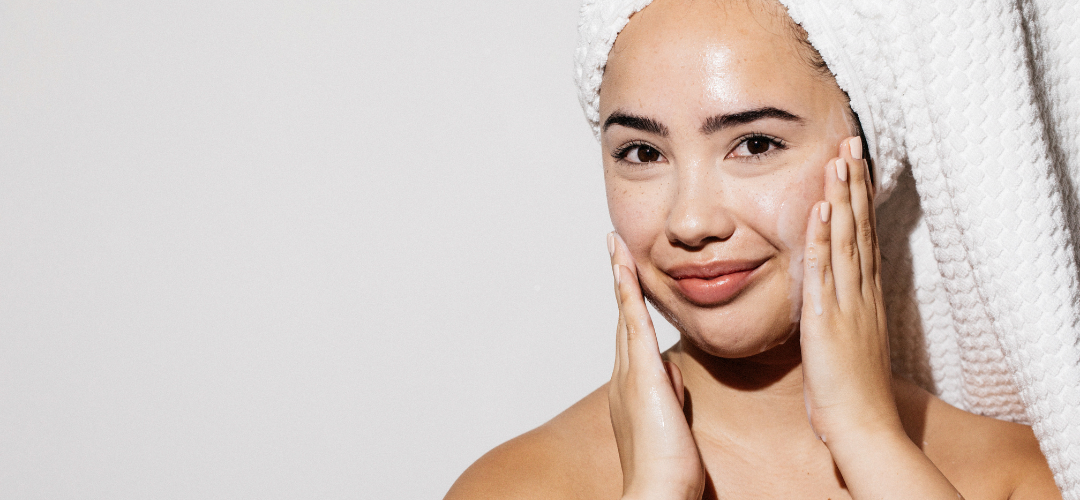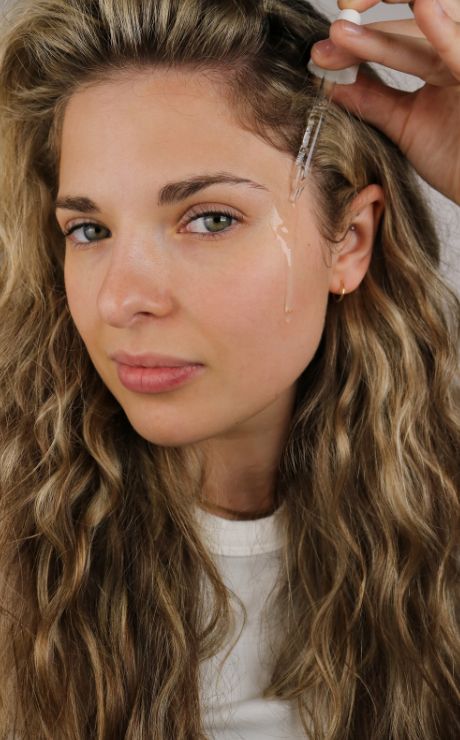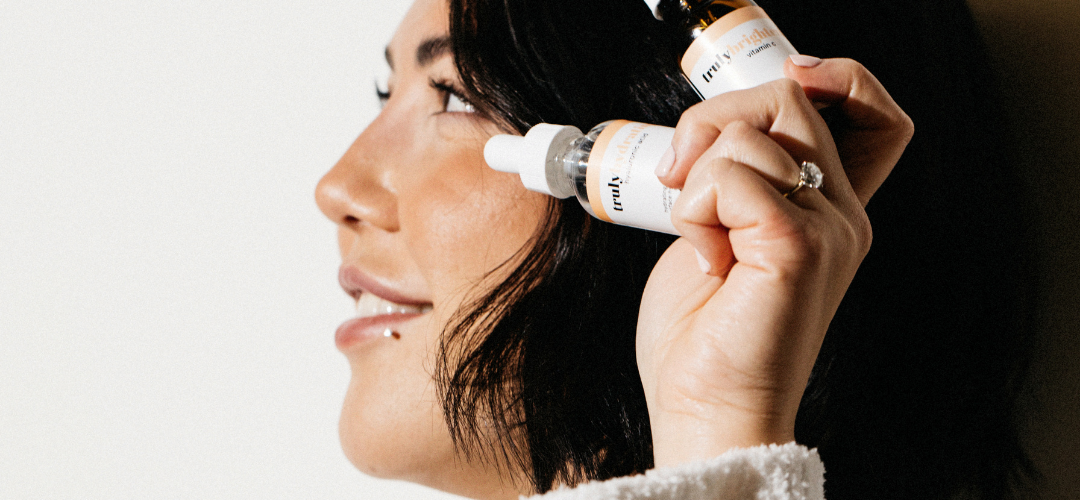
Managing your oily skin
We’re here to let you know that your oily skin isn’t a curse, even if it feels that way sometimes. In fact, your skin does require a certain amount of sebum (oil) to maintain a healthy barrier, but it is possible to achieve radiant skin without the shine. Understanding your oily skin is the key to managing it. Don’t be fooled by any marketing tricks promising to “erase” your oily skin – while a fully matte complexion isn’t ideal either, there is a happy medium where your oils balance themselves into a glowing, youthful complexion.
1. Why do I have oily skin?
If we understand just what causes oily skin, we can develop an accurate skin care routine to manage it. Without giving you too much of a Bill Nye explanation, your skin naturally produces sebum, which comes from your sebaceous glands – this is the oil that appears on the top of your face. Your face skin contains the highest amount of hair follicles on your entire body and is the primary reason you see the most oil production here. Sebum production is incredibly important; it works to lubricate the skin, reduce bacteria production, and limit dehydration. There are so many factors that can tip the scales of sebum production, ranging from hormonal imbalances to incorrect products for your skin type.
Hormonal reasons for oily skin:
Fluctuations of hormones are one of the main causes of hormonal imbalance, thanks to hormones called Androgens. The Androgen hormone is most abundant right before your period or if you have PCOS, and can be further stressed by menopause, puberty, stress, and pregnancy. This hormone tells your body to start producing oil from the sebaceous glands and voila, not the glow you were hoping for. There have been many positive correlations between high stress levels and an overabundance of Androgens in the body, proving hormone imbalance to be a large contributor of oily skin.
2. Managing oily skin: What not to do
Be very cautious about products that say they are specifically formulated for oily skin. It sounds backwards, but often these products are designed to strip every last drop of sebum from the skin. We’ve been conditioned for so long to believe striping away all our excess oils is the solution, but this is wrong. When the skin loses its composites of oil, it will go into overdrive to replenish what it has lost, and then some. Your oily skin will come back with a vengeance and become even more difficult to control. It’s best to omit daily AHA’s, high alcohol concentrates, benzoyl peroxide and sulfates.
Oh – and ditch your foaming cleanser, like right now, go do it! Mastering your daily cleansing routine is vital to your skin care routine and can make all the difference. Foaming cleansers contain harsher surfactants, which are the ingredients of a formula that strip and cleanse. They may deliver short term gratification of squeaky-clean skin, but overtime they will pull at your sebum reserves causing your sebaceous glands to go into overdrive once again. While it can be tempting to cleanse your skin every time you feel oily, trending practices like “double cleansing” are not for you. Try and refrain from cleansing your face more than twice a day, and opt for milky, or cream-based formulas that hydrate while you cleanse. Bonus points if they contain a BHA such as salicylic acid, we’ll get into that.
We don’t mean to brag… but our Truly Cleansing Facial Cleanser checks off all the boxes for the perfect balancing cleanser.
3. DO moisturize and take advantage of Salicylic acids!
Hydration is a crucial part of any skin care routine, no matter your skin type. We are often told that skin types are simply oily or dry, but most often they are combinative, with different factors contributing to the outcome of your skin. The more hydrated you keep your skin, the less excess oil your skin will need to produce. Choosing the right moisturizer is still key, and refraining from heavy, plant butter formulas with too many occlusives (plant-based oils) will ensure a product does not clog your pores and contribute to congestion.
Salicylic acid is a beta-hydroxy acid which is lipophilic, meaning it is attracted to and helps to break down excess oil. It’s anti-inflammatory and can penetrate pores to scoop out any debris, making it a great ingredient for targeting the congestion that often comes with oiliness. The benefits of this acid are best achieved with leave on formulas, and products like leave on BHA exfoliants yield the best results. When the ingredient is immediately wiped off, it is not as effective at reducing oiliness.
PRO TIP: Our Truly Cleansing Facial Cleanser does contain a percentage of Salicylic acid. To achieve a “leave on” result with our cleanser, leave it on for 2 minutes to encourage the acid in this formula to adhere to the skin and greatly reduce greasiness.
Want us to cover more skin issues? Let us know what you’d like to see next and we’ll include you in our next blog post!




Leave a comment
This site is protected by hCaptcha and the hCaptcha Privacy Policy and Terms of Service apply.